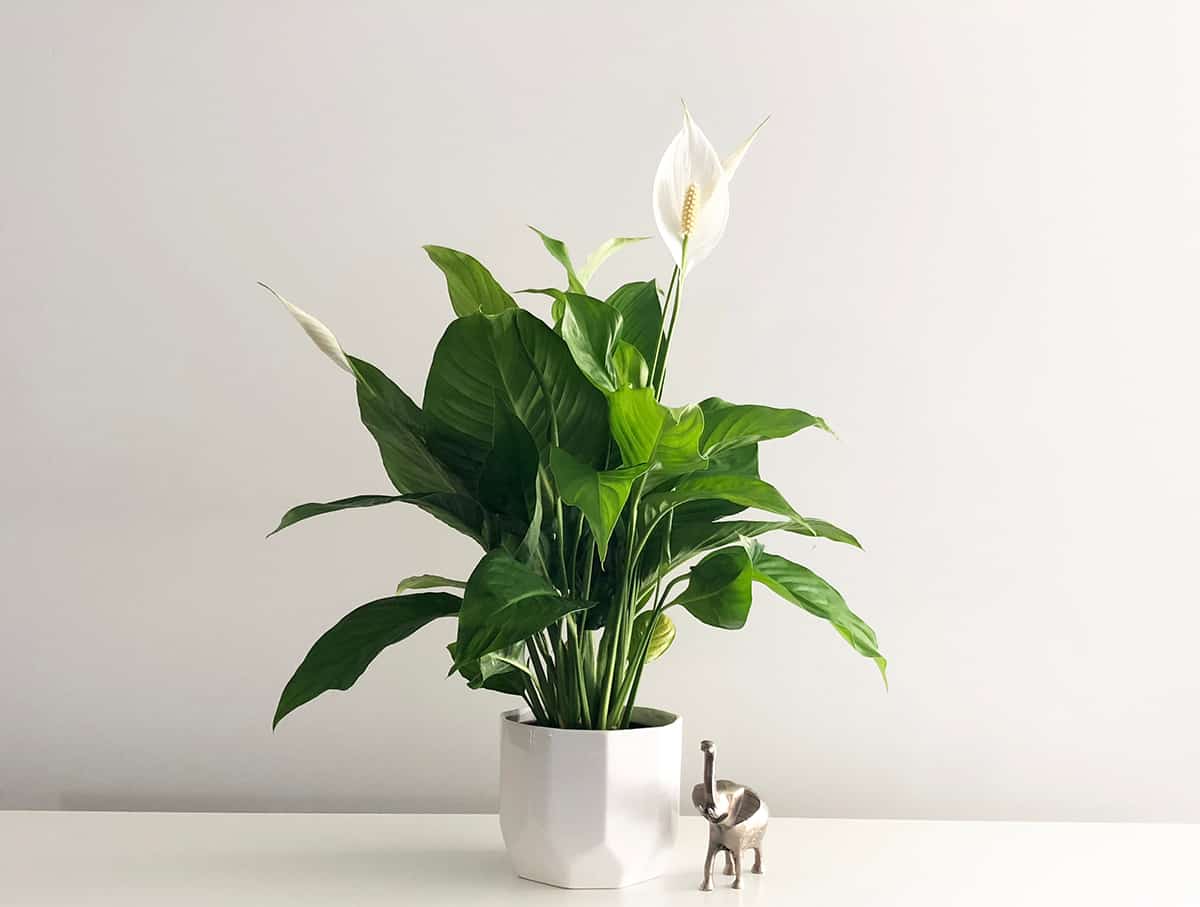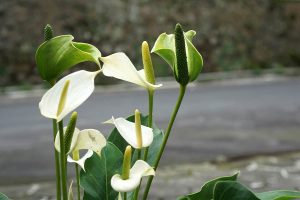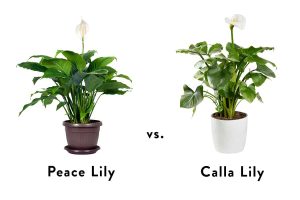The typical lifespan of most Peace Lilies kept as house plants is between 3 and 5 years. However, this is dependent on the care given to the plant, as well as the variety of Peace Lily you have.
Many examples of Peace Lily can grow happily for in excess of 10 years when given the correct care.
Table of Contents
How Long Do Peace Lilies Bloom For?
On average, Peace Lily flowers will last for 1 to 2 months. This is a very long time compared to most other flowering plants, and it’s one of the reasons that these plants make such excellent houseplants because they provide interest and beauty for a large portion of the year.
Some varieties are known to produce flowers which are even longer lasting than usual, such as the Golden Peace Lily. Typically Peace Lilies bloom each spring, but some varieties will also bloom in winter if they are well taken care of.
When Will Peace Lily Bloom?
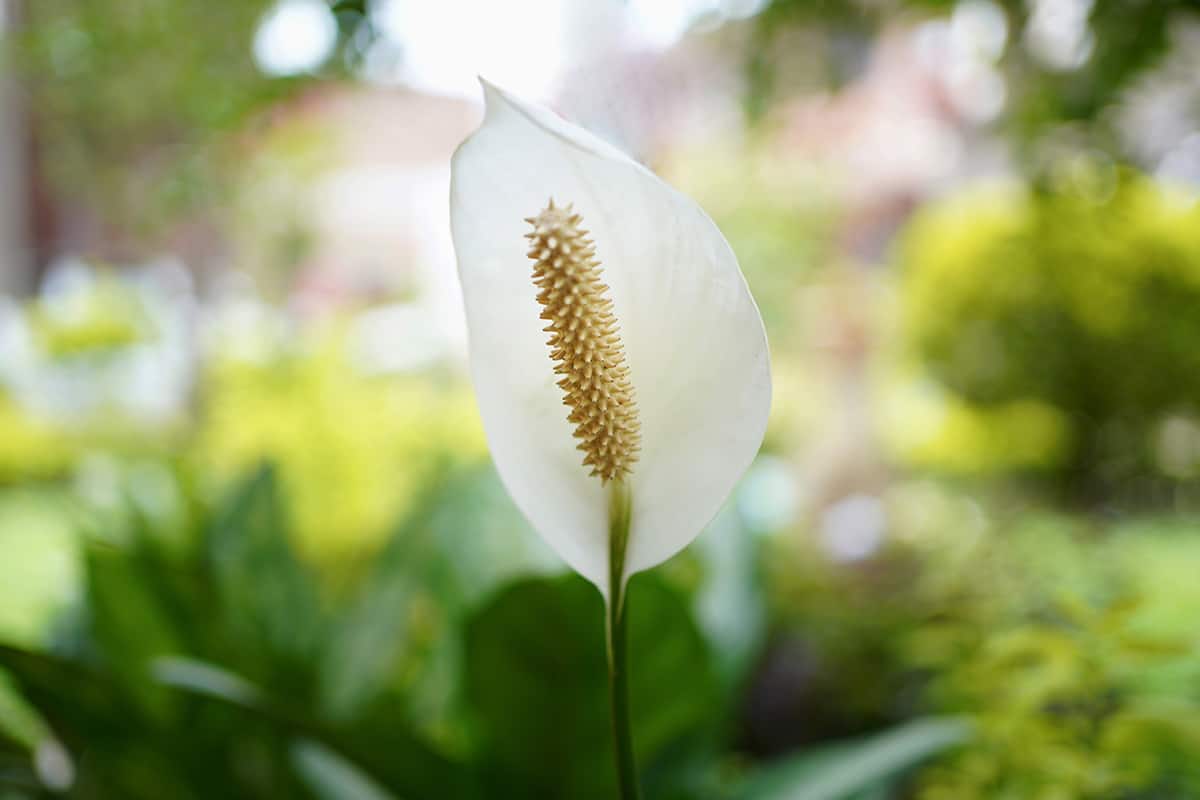
If you are impatiently waiting for your Peace Lily to bloom, the issue may be that it is simply too young. A Peace Lily will not bloom until it has reached maturity, which is typically at around one year of age.
However, some varieties take longer to produce their first bloom when the plant is as much as 3 to 5 years old. If the plant has matured and still isn’t blooming, then it may be that you need to alter the care conditions of the Peace Lily to encourage it to flower.
How to Extend the Life of a Peace Lily
If you want to keep your Peace Lily around for as long as possible, then you need to mimic the conditions this plant is accustomed to in its native environment. This includes:
Moderate lighting
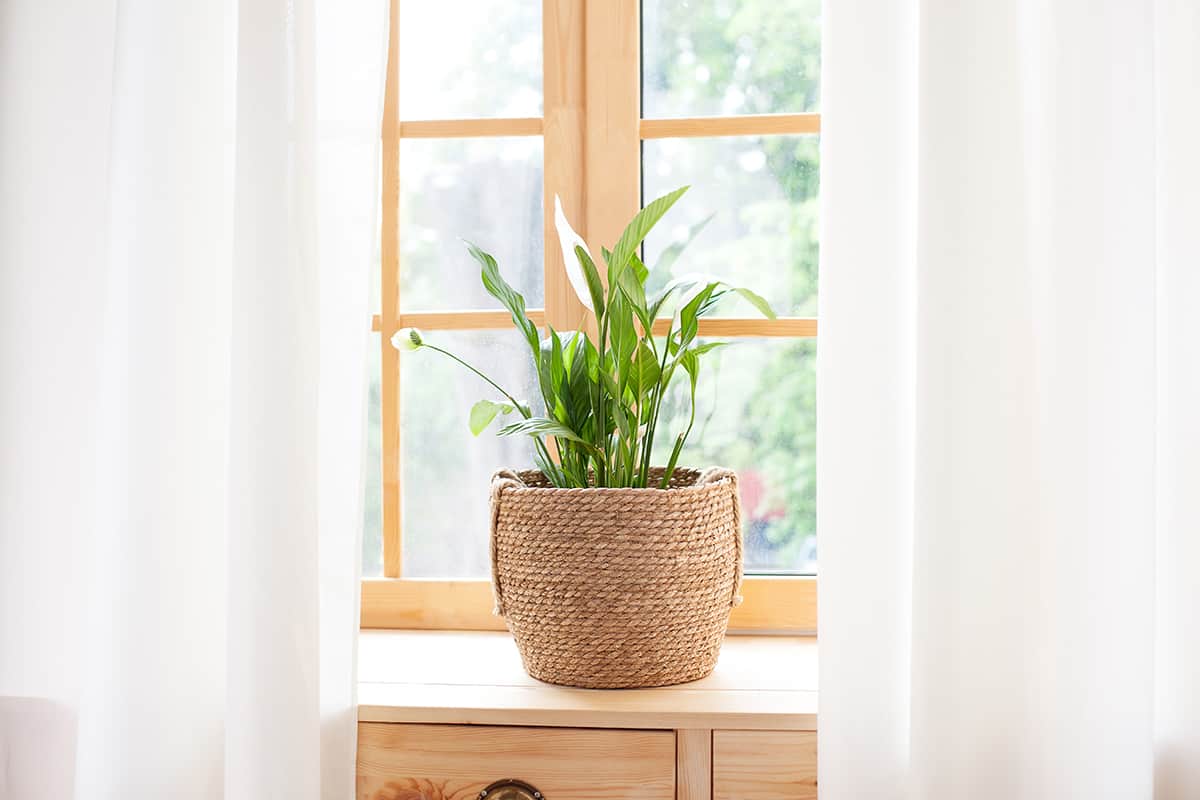
In their natural habitat, Peace Lilies grow amongst the undergrowth of the South American rainforests. They are sheltered from bright direct light by the overhead canopy of trees, but they will receive some dappled light.
You can grow a Peace Lily in full shade, and it will be happy enough, but if you really want to offer your plant the best conditions and give it a shot at a long and healthy life, then allow it a few hours of bright, indirect light each day. This could mean setting it on an east or west-facing windowsill or set back from a south-facing window.
Moist and well-draining soil
Rainforests are called rainforests because they receive a heavy amount of rain. The Amazon rainforest, which is home to numerous Peace Lilies, is subjected to torrential rainfall, which totals between 60 and 120 inches each year. This means that Peace Lilies are accustomed to moist soil, which rarely has a chance to dry out before it gets moistened again.
To mimic these conditions when the plant is grown in a pot, you’ll want to ensure you water it frequently. The only thing you need to watch out for is overwatering because when grown in waterlogged soil, this plant will die from root rot. As a means of protecting your Peace Lily against overwatering, it should be grown in a well draining soil which encourages excess moisture to drain away from the roots.
High humidity
Peace Lilies thrive in the air that is very humid. In the Amazon Rainforest, the average humidity during the dry season is 77%, and in the wet season, it averages at 88% humidity.
By comparison, the average humidity in most homes is around 45%, which is roughly half the level that is preferable for Peace Lilies. These plants are incredibly tolerant and adaptable, and they will survive just fine when grown in low humidity; however, if you want to give your Peace Lily the best chance at a long life, then you should aim to increase the humidity of your home. This can be done in various ways, from misting the leaves of the plant with water to using a pebble tray or a plug-in humidifier.
How to Make Peace Lily Flowers Last Longer
If you want to encourage your Peace Lily flowers to last for longer, there are measures you can take.
Water appropriately
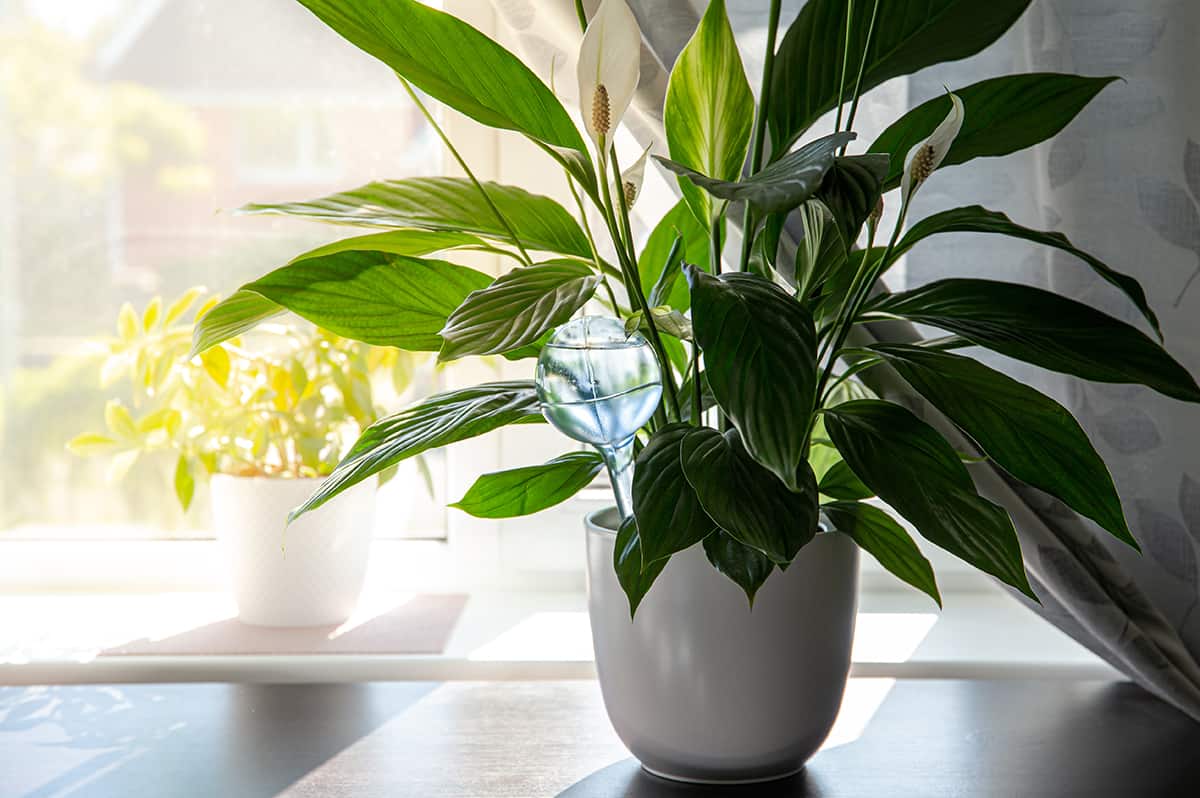
To keep the flowers on your Peace Lily sticking around for longer, you need to water it correctly. Too much water will rot the roots of the plant, which means moisture and nutrients cannot be delivered to the plant via its root system.
Conversely, too little water will mean that the plant doesn’t have enough energy to bloom for long periods of time. Work on perfecting your watering technique by regularly checking the consistency of the soil.
Allow enough sunlight
The more sunlight your Peace Lily receives, the more profusely it will flower. That is, of course, unless the plant gets too much light, in which case it will scorch and be unable to grow correctly. The best type of light to elongate the life of blooms is at least 4 hours of bright indirect sunlight each day.
Use fertilizer cautiously

In their natural habitat, Peace Lilies grow in soil that is nutrient deprived because the heavy rainfall washes any nutrients away. This means they cope extremely well without any fertilizer at all.
However, if you wish to fertilize your Peace Lilies, be aware that this can affect the flowers. Choose a fertilizer which is rich in phosphorus and low in nitrogen, to ensure energy is directed to the flowers instead of the foliage. Fertilizer should also be diluted to avoid burning and damaging the roots of the plant.
Avoid tap water
Peace Lilies are sensitive to elements such as chlorine and fluoride, which are common additives in tap water. Too much of these types of elements can damage the roots and, therefore, negatively impact the growth of the plant. Ideally, you should use rainwater to water your Peace Lily or filtered water. Avoid using tap water unless it has sat out for 24 hours to allow the additives to evaporate.
Should Dead Peace Lily Flower be Removed?
When a Peace Lily flower comes to the end of its life, the spathe, which is the white modified leaf surrounding the spike-like spadix, will start to fade to a green or brown color. The spadix, which holds the many tiny yellow flowers, will start to turn brown and develop into seeds. At this point, unless you want to harvest the seeds, you should remove the flowers.
This will redirect energy to other parts of the plant rather than wasting energy on a flower that is doomed to die.
How To Cut Off Dead Peace Lily Flowers
To remove a dead Peace Lily flower, locate the fading bloom and follow its stem down to the base of the plant. Use sharp, clean shears to snip off the stem close to the soil level, being careful not to accidentally cut into any healthy growth.
Dispose of the dead flowers immediately, especially if there are pets in your home because all parts of the plant are toxic to both humans and animals. If there is any other dead or damaged growth on the plant, you can remove this in the same way.
